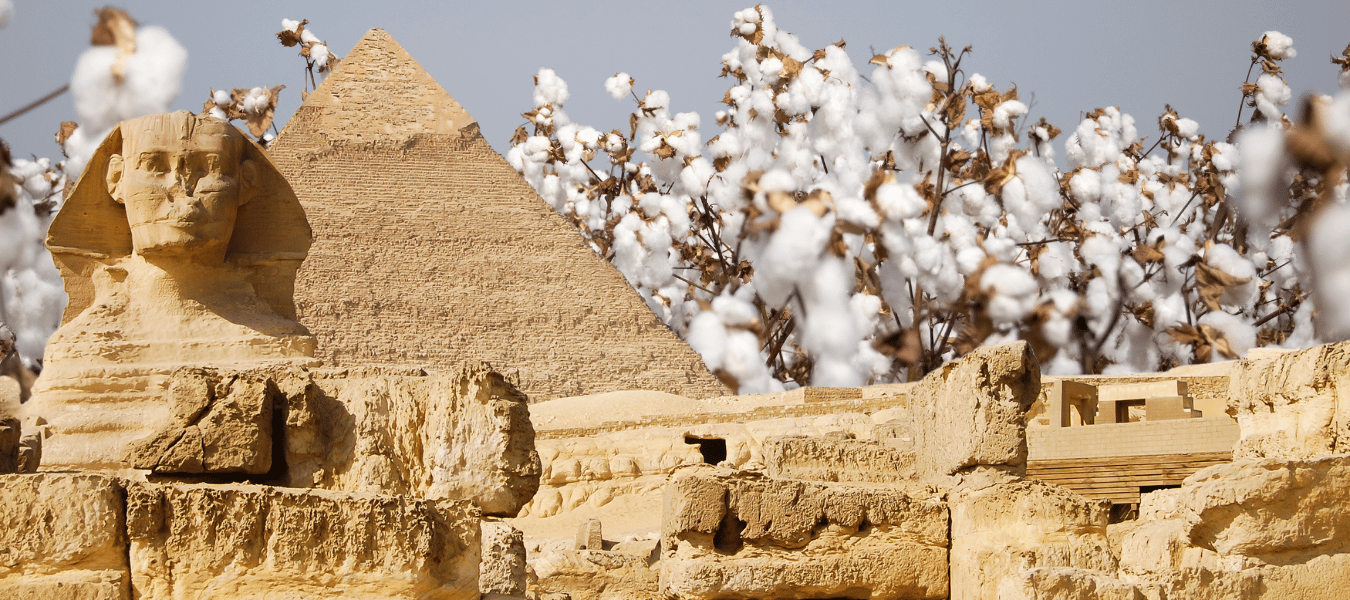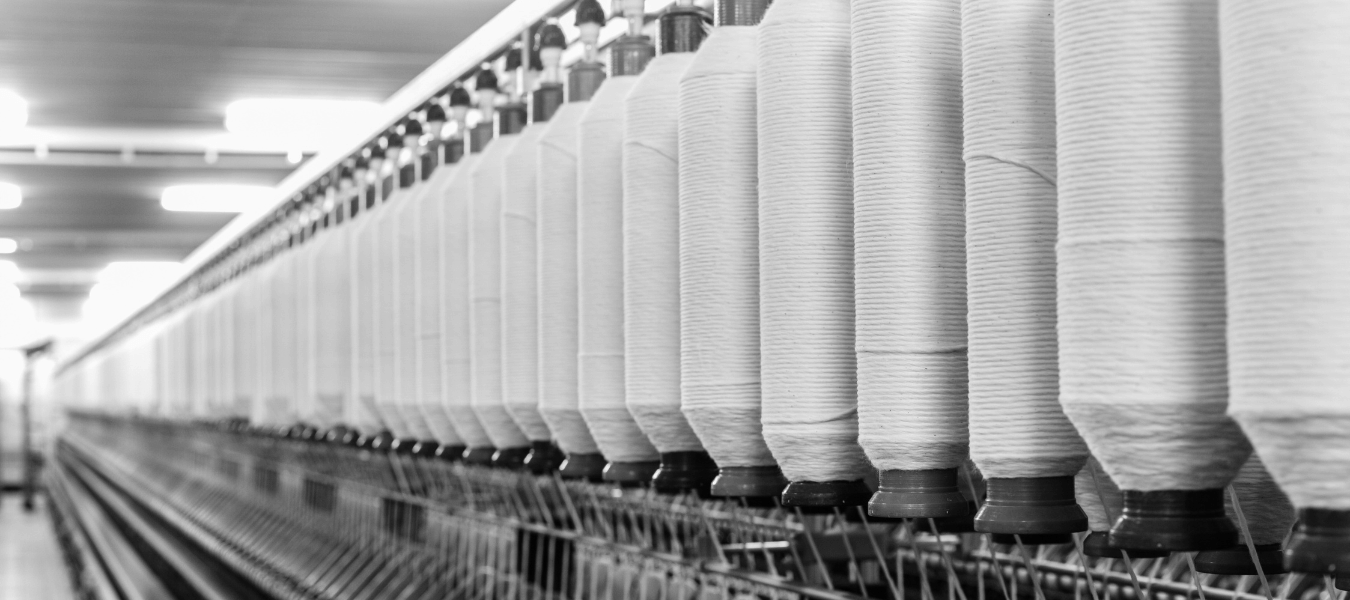Egyptian Garment Industry: A Global Textile Powerhouse You Need to Know
Introduction:
The Egyptian garment industry is a cornerstone of the country’s economy and culture. Known for its premium Egyptian cotton, competitive labour costs, and strategic location, Egypt has emerged as a vital player in the global textile and apparel market. This article delves into the factors driving the industry’s growth, its challenges, and the opportunities it presents for investors and manufacturers alike.
Table of Contents:
- Why the Egyptian Garment Industry?
- Government Support and Policy Initiatives
- Strategic Advantages of Egypt
- Challenges Facing the Industry
- Future Outlook
- Pros and Cons of the Egyptian Garment Industry

Egypt’s Rich Textile Legacy
The Egyptian garment industry is deeply rooted in the nation’s history. As the second-largest industrial sector, it contributes significantly to GDP and employment. Egyptian extra-long staple Cotton, globally renowned for its quality, remains the backbone of the industry.
Why the Egyptian Garment Industry?
In recent years, Egypt has witnessed a rebound in textile and garment production. Shifting focus from imports to cultivating quality cotton has revitalized the sector.
- In 2017, Egypt’s garment exports reached $951 million by September, marking a 12% growth.
- The industry accounts for over 3% of GDP and employs one-third of the industrial labor force.
Key takeaway: With a strategic location and skilled workforce, Egypt is a lucrative destination for textile investment.
Government Support and Policy Initiatives
The Egyptian government actively supports the textile sector through:
- Cotton Value Addition Program: A $1.72 million initiative to enhance cotton processing and train 400 workers and farmers.
- Sadat Textile City Development: A $2 billion plan to develop Egypt’s largest textile city by 2024.
- Export Agreements: Through the Qualified Industrial Zone (QIZ), Egypt enjoys duty-free exports to the U.S.
These efforts aim to modernize infrastructure and improve the sector’s global competitiveness.

Strategic Advantages of Egypt
- Geographic Location: Proximity to Europe, Asia, and the MENA region gives Egypt unparalleled export advantages.
- Zero Tariff Exports: The QIZ agreement ensures tariff-free access to the U.S. market, with 53.5% of exports destined there.
- Growing FDI: Investments from Chinese and Indian companies highlight global confidence in the industry.
Challenges Facing the Egyptian Garment Industry
While opportunities abound, the Egyptian garment industry faces notable challenges:
- High worker turnover, particularly among migrant labor.
- Limited R&D investment to adopt advanced technologies.
- Workplace safety and labor management issues.
- Economic and political instability impacting long-term growth.

Future Outlook
The industry is gaining global attention from brands like PVH, Decathlon, and Gap. Programs like the ILO’s “Promoting Worker Rights” initiative aim to improve labor conditions and enhance sustainability.
With a robust local market, Egypt is well-positioned to overcome challenges and solidify its standing as a global textile hub.
Pros and Cons of the Egyptian Garment Industry

Conclusion
The Egyptian garment industry offers immense potential for growth and investment. With strong government support, strategic export agreements, and a reputation for high-quality textiles, Egypt is well on its way to becoming a top global player. However, addressing labor issues, improving R&D, and ensuring political stability will be crucial for sustained success.































